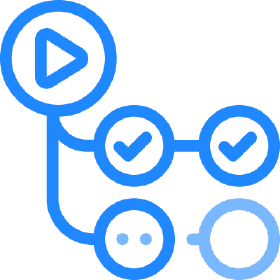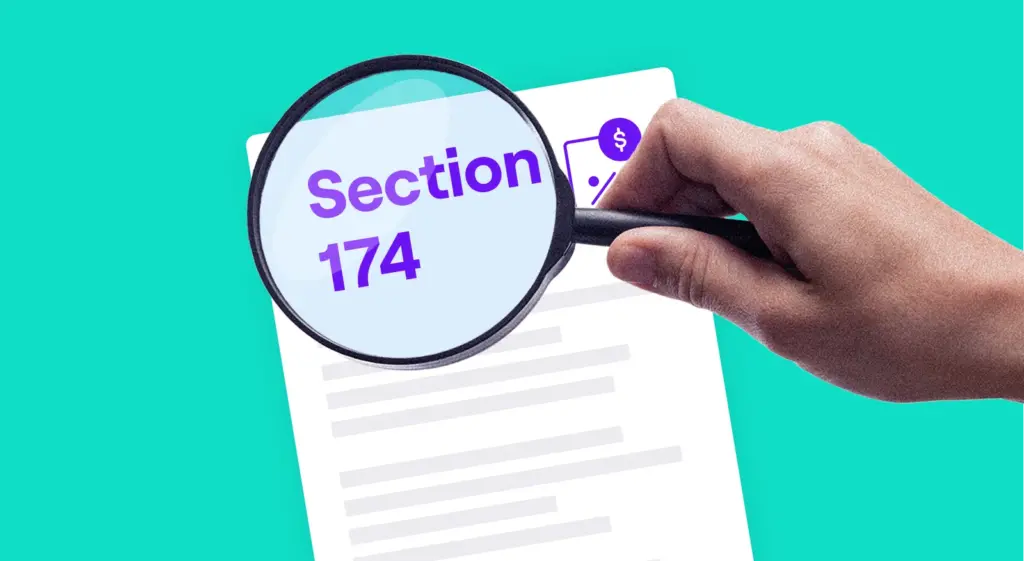Background
When Richard Hunt, VP of Engineering at Teachable, joined the team three years ago, he inherited a remote-first team of over 70 engineers across the US, Brazil, and Costa Rica. His team primarily supports product development, the commercial products Teachable takes to market. Davis Barber, Director of Engineering at Teachable, joined the team 3 years ago and is a key Jellyfish user at the organization.
Building trust between engineering and business teams
For modern businesses in the software age to achieve success, there must be trust between the R&D organization and the other parts of the business. Executive leadership and other departments need to have confidence that engineering priorities are aligned with the strategic business objectives. Communicating what the team is working on and fostering a relationship of trust can prove difficult for many engineering leaders; it’s a commonly shared challenge that regularly manifests in the form of questions such as, “Why can’t we move faster?”
When the business believes there is a delivery management issue, it’s often rooted in a strategic alignment problem, as experienced by Richard Hunt, VP of Engineering at Teachable. In a recent conversation with Richard, he explains that strategic alignment issues often disguise themselves as delivery management or operational issues:
“When I first joined the team, there was a sentiment that engineering could be moving even faster, whether that was a customer support request, bug report, or new feature. But I could see the cogs churning within engineering. Teams were working incredibly hard, but we had to improve our internal alignment to business goals.”
Richard and the Teachable engineering organization looked to see if they could better understand how time was allocated among the teams. They turned to Jellyfish to better understand their work allocation, but also how their strategic alignment challenges might be manifesting in other ways across the organization. The realizations from these insights led to fundamental changes to the way the team was structured in order to better team health, and improve operational efficiencies. As Richard describes: “One of the things we realized early on was that our mean time to resolution on defects was far more days than it needed to be. Learning that nugget of information, we restructured our QA team, upskilled those engineers from our QA teams, and made them into software engineers for the individual teams, so that teams could be responsible for their own QA. It eliminated this ‘throwing over the fence’ mentality.”
Soon after adopting Jellyfish, the Teachable team changed the dynamic between R&D and the business. They were able to identify actionable insights early that led to operational changes that built trust and confidence in the efficiency of the engineering team. Additionally, the operational changes allowed the team to regularly deliver high-impact projects to the business on time.
Building a culture of clear communication and transparency
Teachable used Jellyfish to foster better communication and collaboration both internally within R&D teams and cross-functionally across departments. Davis Barber, Director of Engineering at Teachable, was initially hesitant about Jellyfish, having heard horror stories about how data was misused for performance reviews, micromanagement, and gaming the system. But since adopting Jellyfish, Davis discusses how the insights have enabled him to better foster career development and growth: “As a people manager, I’m accountable for the growth, satisfaction, and engagement of the individuals I manage. I need to be making sure that their careers are moving in their desired direction.”
Davis Barber Director of Engineering, TeachableIt's been really helpful to use Jellyfish to remind myself of all the hard work that they have been doing. The individual metrics add context to the qualitative feedback that I've been receiving.
The team has recently leaned into the Jellyfish use case of delivery management, leveraging the data within the platform to foster trade-off discussions with product and GTM departments. The team committed to improving their processes, and engineering operations, and delivering on key project milestones. At both the executive leadership and director level, Jellyfish has unlocked new insights and enabled better conversations around delivery timelines, project scoping, and resource allocation.
“In the past, we weren’t always able to be great cross-functional partners to our product management team. Now, we’re able to examine project timelines, track progress against them, and ultimately determine if changes in project scope, allocated resources, or work prioritization are required. Being able to give our stakeholders accurate timelines is keeping us as people managers and as leaders held accountable for company growth,” Davis said.
At an executive leadership level, Richard has used Jellyfish to give better project delivery projections to his executive peers within the GTM and Finance teams. Armed with data and insights, Richard has fostered more productive planning and trade-off discussions, creating a ripple effect across the business. Recently, their VP of Marketing was trying to line up some campaigns and she was asking about the team’s confidence in hitting certain project timelines for the upcoming release.
Richard Hunt Vice President of Engineering, TeachableWith Jellyfish, I could take a quick look and see that the project was tracking. I was able to go back and say with confidence that we're going to deliver before the projected date.
The operational benefits of the data-driven approach
After early and consistent use of Jellyfish across the teams, Teachable’s data-driven approach is delivering the desired outcomes and impact.
In less than 18 months, the team went from a mean issue resolution time of 145 days to just 4 days by identifying how to restructure their QA process. Year over year, the team’s issue cycle time decreased by 33% since implementing Jellyfish, and after leveraging Meeting Insights, the teams were able to identify that engineers were spending over 30% of their time in meetings. After realizing this, the team instituted a “no-meeting” policy on Wednesday, a practice so loved by their CEO that it became instituted across the entire company.
In the span of just 18 months, the Teachable Engineering team has gone from being perceived as slow by other department leaders to leading positive change across the company due to their commitment to the entire team and their ability to leverage data-driven insights to make lasting impactful change.
What’s next for Teachable
Using Jellyfish to anticipate, build, and deliver
The Teachable team is ahead of the curve regarding their use of Jellyfish, but there are still additional features and functions they have yet to adopt across all the teams. When discussing what’s next for the Teachable teams, Richard and Davis identified Scenario Planner as a priority feature for further experimentation. The team hopes to expand their use of Scenario Planner in a similar way to how they use project delivery date visualizations within Jellyfish today.
“There are a lot of large scope projects that are kicking off right now. We are using those previously mentioned learnings to better plan and break down the work ahead of time to allow Jellyfish to better project for us when things are going to be completed,” Davis shared. “We’re going to continue to explore how to use the platform to show what we’re currently working on and what we’d have to drop in order for us to work on anticipated projects. Many managers have been picking up Scenario Planner, and we see its expanded use as helping our entire team better anticipate and adapt to the needs of the business.”
If you’re a member of The Bloom community and would like to ask questions directly to the Teachable team about how they deliver engineering impact, join us on this forum!


 Github Actions
Github Actions



